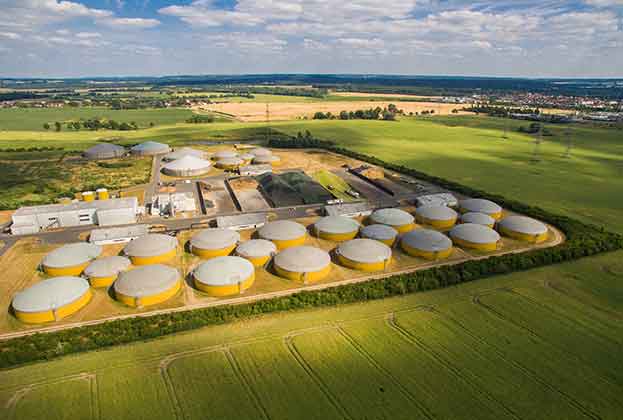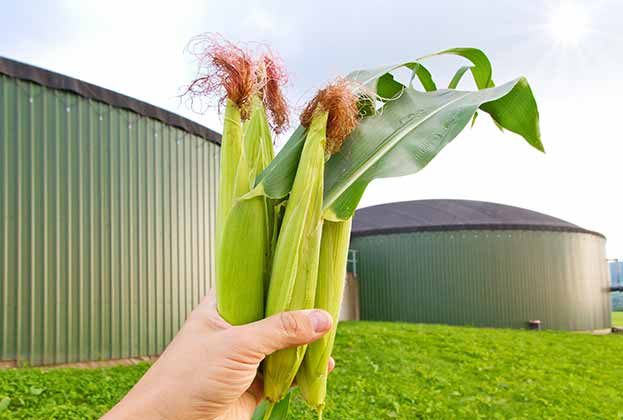Where are the opportunities?
Despite the food versus fuel debate, energy crops still dominate the UK feedstock mix. It is not all bad; energy crops maintain agricultural productivity and provide a reliable input that produces a flexible energy source. Over half of the feedstock is still derived from various forms of waste product – food (25%), slurry (8%), crop (2%) and other (19%). These feedstocks have the potential for both volatile supply and uncertain biogas output volumes but deliver significant savings in emissions, as well as enhanced revenue.
Numerous divergences from the overall UK trend quickly become apparent at a regional level. Scotland has a large proportion of 'other waste', which is likely to be residues from the brewing industry, whereas plants in the London area operate entirely on food waste. Eastern regions show an above-average proportion of energy crop usage, likely due to land and conditions in those regions being more favourable for arable production.
Despite this, total tonnage of feedstock in these Eastern areas is surpassed by both Scotland and Yorkshire and the Humber regions. The waste management policy in Scotland is more advanced than England’s, making waste products a more economic choice. Conversely, there may be room for improvement in waste collection and usage in eastern regions, where AD plants might aspire towards a more balanced feedstock mix.
Read the articles within Spotlight: Anaerobic Digestion below.
.jpg)

